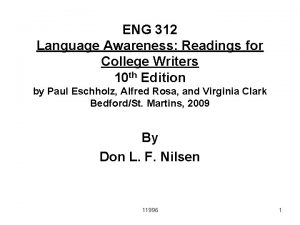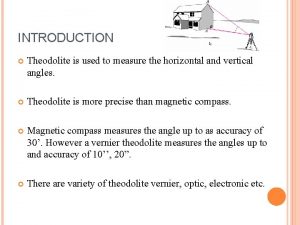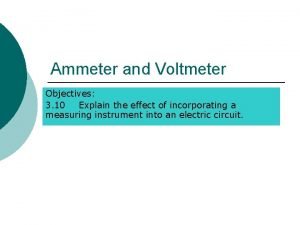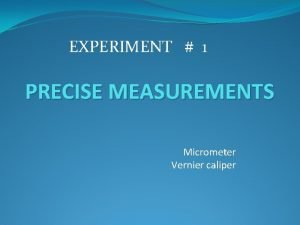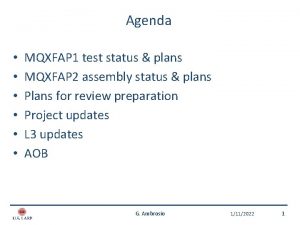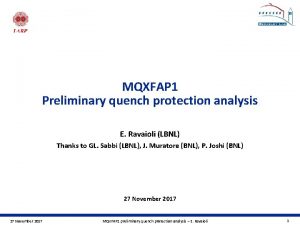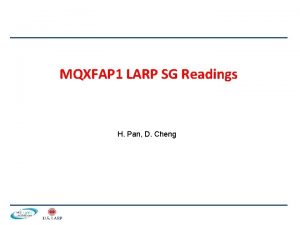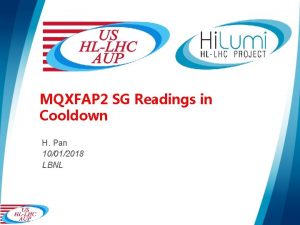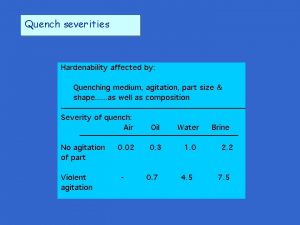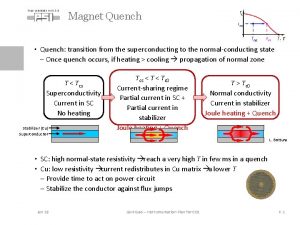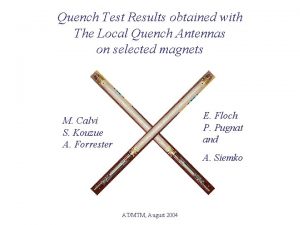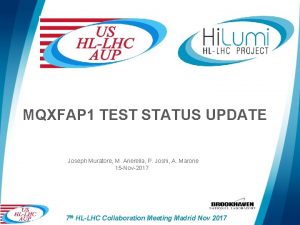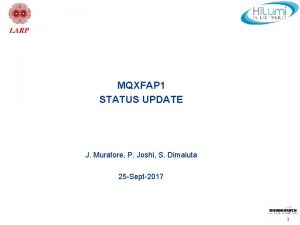MQXFAP 2 SG Readings Update up to quench



















- Slides: 19

MQXFAP 2 SG Readings ---Update (up to quench #22) H. Pan 11/06/2018 LBNL

MQXFAP 2 SG Gauges Overview Shell 4 Shell 2 Shell: HBM Coil: HBM • Shell: HBM, Vishay Coil: HBM, Vishay Shell 6 Shell: HBM Coil: Vishay Three axial locations: • • • RE MID LE Shell gauges (T & Z): on shell 2, 4 & 6 • HBM gauges: Shell 2, 4, 6 • Vishay gauges: Shell 4 Coil gauges (T & Z): on axial location of 740 mm (LE), 1940 mm (MID) and 3140 mm (RE) from LE. • HBM gauges: Coil LE and MID • Vishay gauges: Coil MID and RE Most of the strain gauges stay alive in the quench tests. • HBM shell 6 Top axial, Coil 102 azimuthal LE initially were found wire broken before cool-down. 2

HBM Gauge Readings 3

Top HBM Shell Azimuthal Strain • Quench#0 is the 12 k. A ramp. No data for Q#14. Actual Strain 104 102 Right Left 106 105 LE view Bottom LE Middle RE 4

Top HBM Shell Azimuthal Strain---Close View 104 102 Right Left 106 105 • Quench#0 is the 12 k. A ramp. No data for Q#14. LE view Bottom • All of the shell azimuthal strain shows slight slope during powering, which is as expected. 5

HBM Gauge Readings---Coil Azimuthal LE Delta Strain Inorm = 16. 47 k. A LE RE • Coil 102 LE is gone before cooldown • The slope of the available gauges are similar which is about 1000 με from 104 102 105 106 0 A to nominal current. • Coil 104 LE seems to be the 1 st one to show slope change. • Ratchet effect is observed: coil azimuthal strain without current creeps LE view towards less loading over quench tests. 6

HBM Gauge Readings---Coil Azimuthal MID Delta Strain Inorm = 16. 47 k. A LE Spike seen in other gauges in the 12 k. A ramp RE • The slope of the middle coil gauges are close, which is about 1000 με 104 102 105 106 from 0 A to nominal current. • Unstable signals were observed in C 102, C 105 and C 106. • Ratchet effect is observed: coil azimuthal strain without current LE view creeps towards less loading over quench tests. 7

Some Suspicious Phenomenon-spikes • Quench #0 represents the 12 k. A ramp. • Those spikes are clearly correlated; • The other signals do have those spikes; • The connectors of those signals are not close. • Rod strain in Q#22 (4. 2 K) shows offset. Inorm = 16. 47 k. A 8

HBM Rod Strain • Quench #0 represents the 12 k. A ramp. • The absolute strain is much offset from the value it’s ought to be. • The delta strain in ramps is close to the magnitude of FEA predictions. • The kink is not explainable at this moment. Delta Strain Actual Strain Inorm = 16. 47 k. A 9

Vishay Gauge Readings 10

Vishay Gauge Readings---Shell Azimuthal MID Top LE RE 104 102 Right Left 106 105 Actual Strain LE view Bottom Inorm = 16. 47 k. A • MID shell azimuthal gauges behave as expected in trainings. • No obvious slope change observed. 11

Vishay Gauge Readings---Coil Azimuthal Delta Strain Inorm = 16. 47 k. A • Slope change is observed. • C 102 shows repeatable behavior, there is no clear strange signs on the axial strain data. The observed azimuthal strain may not be real. 12

Rod Gauge Readings HBM gauges --- only available on Rod 1 Rod 2 Rod 1 Rod 3 Rod 4 • 5. 1” from the rod end (lead end) Vishay gauge --- always facing radially outward in the magnet LE view Frictionless Frictional, 0. 2 Vishay HBM Vishay • Vishay The HBM gauge are 90 degree with respect to the Vishay gauge on the same rod. Ø FEA: The Δε in rods during ramps with the frictional coefficient 0. 2 is 56 µε; Vishay HBM gauge is on the natural position if there is bending or end effect on the rod. • The HBM reading is close to the FE prediction. • Slope changes were observed in both type of gauges. However, the slope changes did not take place at the same moment on the two positions. 13

Compare with MQXFAP 1 Coil Strain • Coil 104 LE seems to be the 1 st one to show slope change. • The pre-stress of MQXFAP 2 seems to be slightly higher than MQXFAP 1 a. • MQXFAP 2 seems to behave as expected if only look at the strain data. MQXFAP 2 Preload Proposal 14

Backup Slides 15

HBM Coil Axial Strain • To verify the magnet axial stretch in ramps, the coil axial strain in all stations is close to the calculation. • The magnet axial stiffness is as predicted. p The measured rods’ strain is likely to be very local according to the magnet axial stretch in the trainings. p Detail analysis in underway on the rod behavior. 16

HBM Shell Axial Strain 17

Vishay Gauge Readings---Shell Axial MID Top LE RE 104 102 Right Left 106 105 Actual Strain • The resolution of shell axial strain is too low to see the trend. • No obvious slope change observed. LE view Bottom Inorm = 16. 47 k. A 18

Vishay Gauge Readings---Coil Axial Inorm = 16. 47 k. A 19
 Immediate update and deferred update in dbms
Immediate update and deferred update in dbms Many waters cannot quench love
Many waters cannot quench love Plan 53a
Plan 53a Lhc quench
Lhc quench Sealed quench furnace details
Sealed quench furnace details Arterial blood gas normal values
Arterial blood gas normal values While reading stage
While reading stage Jcu maps
Jcu maps 312زبان عشق
312زبان عشق Practice reading graduated cylinders
Practice reading graduated cylinders Levelling head in theodolite
Levelling head in theodolite What is the reading on the ammeter
What is the reading on the ammeter Lel meter readings
Lel meter readings Christmas responsive reading
Christmas responsive reading Eb = p x a x t
Eb = p x a x t Vernier caliper msr
Vernier caliper msr Normal ecg readings
Normal ecg readings Rad 57 readings
Rad 57 readings Responsive reading for thanksgiving
Responsive reading for thanksgiving How to write keratometry readings
How to write keratometry readings








